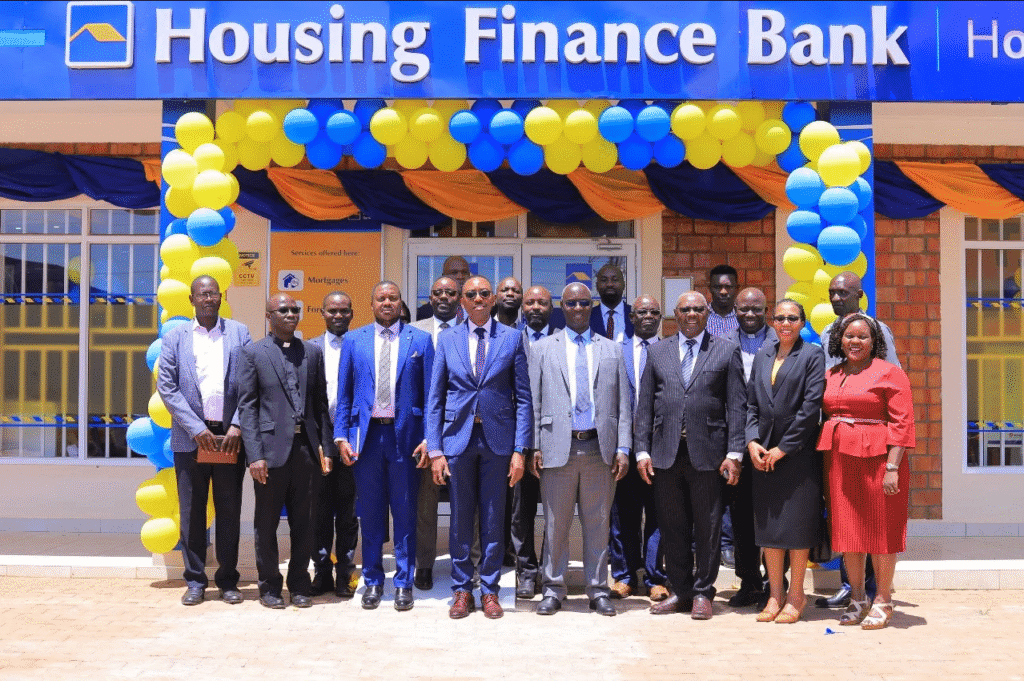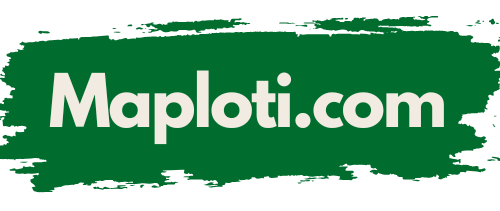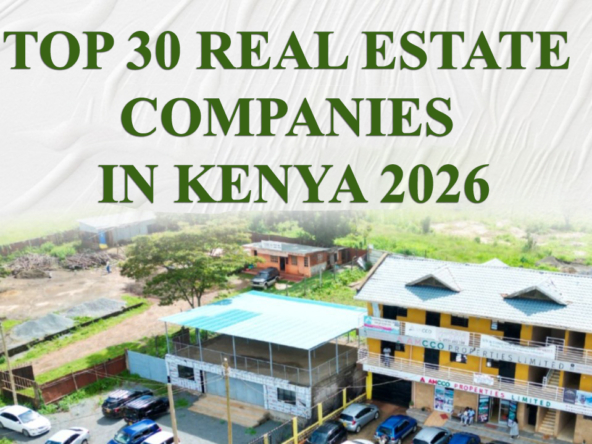Uganda is currently grappling with an immense and pressing housing deficit, estimated at a staggering 2.4 million units. This critical shortfall is a direct consequence of a confluence of factors: rapid urbanization, relentless demographic growth, and persistently constrained public resources. In response to this formidable challenge, both the government and a growing cohort of private sector entities have launched a variety of initiatives specifically designed to deliver much-needed affordable homes, aiming to bridge the widening gap between supply and demand.
Central to these multifaceted efforts is the National Housing and Construction Company (NHCC), Uganda’s primary state-owned residential developer, working alongside dynamic commercial entities such as Habitat Uganda Limited and the Uganda Women’s Housing Association. The drive for Uganda Affordable Housing is now a national priority, demanding innovation and strategic collaboration.
The Blueprint for Change: Policy Framework & Government Initiatives
Recognizing the scale of the crisis, the Ugandan government, often in partnership with key financial institutions, has put forth a series of policy frameworks and initiatives designed to enhance access to Uganda Affordable Housing.
Housing Finance Bank (HFB) Products: Bridging the Mortgage Gap
To address the critical issue of access to homeownership, Housing Finance Bank (HFB), a key player in Uganda Affordable Housing, introduced a range of low-cost mortgage products in 2023. These innovative offerings featured significantly reduced interest rates, dropping from a prohibitive 18% to a more accessible 14%, alongside extended tenors of up to 25 years. The intention was clear: to make homeownership more attainable for a broader segment of the population.

However, despite these efforts, uptake has remained regrettably limited, with mortgage penetration stagnating at a mere 1.6% of GDP. This persistent constraint is primarily due to stringent eligibility criteria and pervasive income documentation requirements, particularly for the vast informal sector workforce, highlighting a fundamental disconnect between product availability and market realities in Uganda Affordable Housing.
NHCC Social Housing Projects: A Public Sector Push
The National Housing and Construction Company (NHCC) is at the forefront of the government’s direct intervention in Uganda Affordable Housing. Their flagship pilot project in Lubowa successfully delivered 500 units in 2024 at a highly subsidized average cost of UGX 80 million per unit (approximately USD 22,000).
This initiative serves as a crucial proof of concept for large-scale, state-backed affordable housing. Building on this success, a subsequent, more ambitious phase targeting the delivery of 2,000 units in Namanve is strategically due for rollout in Q4 2025. These projects demonstrate the government’s commitment to directly increasing the housing stock for low- and middle-income earners, taking on a significant role in addressing the national housing deficit.
Legal & Tax Incentives: Stimulating Private Investment
To encourage greater private sector participation in Uganda Affordable Housing, Parliament passed crucial amendments in 2023, introducing significant legal and tax incentives. These include offering attractive five-year tax holidays for developers willing to invest in designated affordable housing zones. This exemption significantly improves the profitability margins for developers, making such projects more appealing. Furthermore, Value Added Tax (VAT) on essential building materials for projects valued under UGX 100 million per unit was dramatically reduced from 18% to a mere 5%.
These fiscal measures aim to lower construction costs, stimulate investment, and ultimately ensure that the final housing units are genuinely affordable for the target demographic, thereby boosting the overall supply within the Uganda Affordable Housing segment.
Facing the Reality: Persistent Market Challenges
Despite the policy frameworks and initiatives, the path to widespread Uganda Affordable Housing is still fraught with significant market challenges that require innovative and sustained solutions.
Financing Barriers: The Informal Income Hurdle
The most formidable barrier to Uganda Affordable Housing remains access to adequate financing. Traditional mortgages, even with reduced interest rates, remain out of reach for a large portion of the population due to prohibitively high down payments (typically 20–30% of the property value). This is exacerbated by the inadequate income verification processes for informal-sector workers, who shockingly constitute over 70% of Kampala’s workforce. Their variable and undocumented incomes make it nearly impossible for them to meet the stringent criteria of formal lenders, effectively locking them out of the mortgage market and perpetuating the housing deficit. Addressing this informal income hurdle is paramount for the future of Uganda Affordable Housing.
Land Acquisition & Regulatory Delays: A Bottleneck to Progress
Developers engaged in Uganda Affordable Housing projects frequently report significant delays stemming from land acquisition and regulatory processes. Average lead times to secure land titles, conduct thorough environmental impact assessments (EIAs), and obtain necessary building permits stretch to a frustrating 12–18 months.
This protracted process is often exacerbated by overlapping mandates and a lack of seamless coordination across various government agencies, including the Ministry of Lands and local councils. These bureaucratic bottlenecks add considerable costs and uncertainty to development timelines, hindering the rapid delivery of desperately needed affordable units and slowing the progress of Uganda Affordable Housing.
Infrastructure Deficits: Undermining Livability
Even when affordable housing estates are successfully constructed, many face a critical challenge: pervasive infrastructure deficits. A significant number of these developments lack reliable access to essential utilities such as consistent water supply, adequate sanitation facilities, and well-maintained road networks. This deficiency in basic infrastructure significantly diminishes the attractiveness and long-term livability of these estates, despite their initially low capital costs. Without fundamental services, residents face ongoing hardships, impacting the overall quality of life. Ensuring comprehensive infrastructure planning and provision alongside housing construction is crucial for the sustainable success of Uganda Affordable Housing.
Pioneering Solutions: Private Sector Innovations
The private sector, often in collaboration with NGOs and tech firms, is introducing innovative approaches to address the complexities of Uganda Affordable Housing, particularly for underserved populations.
Slum Upgrading & Incremental Housing: Empowering Communities
A critical area of innovation in Uganda Affordable Housing is the focus on slum upgrading and incremental housing. NGOs such as Shelter and the Tony Blair Institute are collaborating directly with local communities, notably in areas like Kisenyi, to upgrade informal settlements. These initiatives involve providing modular housing units and establishing microfinance schemes that empower residents to undertake incremental construction. This approach allows families to gradually improve their living conditions, leveraging their existing community ties and resources, thereby providing a bottom-up solution to the housing deficit without forced evictions or massive displacements.
PropTech Solutions: Unlocking Credit for the Unbanked
Technological advancements are set to revolutionize access to financing for Uganda Affordable Housing. Digital platforms, exemplified by pioneers like PriceHubble and M-Farm, are actively piloting mortgage eligibility scoring using alternative data, particularly mobile money transaction data. These innovative solutions aim to improve credit access for low-income earners by Q2 2025. By analyzing consistent mobile money usage, bill payments, and other digital footprints, these platforms can build credit profiles for individuals who lack formal bank accounts or traditional employment records, thereby unlocking a vast, previously unserved segment of potential homeowners for Uganda Affordable Housing.
Green Affordable Housing: Sustainable and Cost-Effective
The integration of sustainable practices is providing a dual benefit for Uganda Affordable Housing. Pilot projects, such as those in Jinja, are demonstrating the effectiveness of employing interlocking stabilized soil blocks (ISSB) as a primary construction material. This eco-friendly approach not only reduces construction costs by up to 20% but also lowers embodied energy. Furthermore, incorporating solar water heating systems significantly reduces utility expenses for residents by up to 30%. These green building techniques make Uganda Affordable Housing not only environmentally responsible but also more economically viable for both developers and long-term occupants, fostering sustainable communities.
Strategic Investor Implications: Opportunities & Impact Investing
For investors navigating the landscape of Uganda Affordable Housing, there are clear opportunities for both financial returns and meaningful social impact.
High Unserved Demand, Low Supply: A Clear Opportunity
The sheer scale of the unserved demand in Uganda Affordable Housing presents an undeniable opportunity. With waiting lists exceeding 10,000 applicants for NHCC estates alone, there is a clear and immediate pipeline for high-volume, albeit potentially lower-margin, projects. Investors who can develop efficient, cost-effective models for delivering quality, affordable units will find a ready market. This significant imbalance between supply and demand ensures that well-executed affordable housing projects are likely to be quickly absorbed, offering stable returns and a strong social impact.
Risk Mitigation: Strategic Partnerships are Key
To mitigate the inherent risks associated with lending to informal sector workers, strategic partnerships are crucial for investors in Uganda Affordable Housing. Collaborations with microfinance institutions (MFIs) that have established relationships and understanding of low-income communities can significantly reduce default risks. Similarly, partnering with digital credit-scoring firms that leverage alternative data provides a more accurate assessment of creditworthiness. These integrated approaches combine financial capital with specialized expertise, creating robust lending models that bridge documentation gaps and make financing for affordable housing more secure.
ESG & Impact Investing: Attracting Global Capital
The Uganda Affordable Housing sector holds immense appeal for Environmental, Social, and Governance (ESG) and impact investors. Projects that successfully integrate strong sustainability metrics, such as energy efficiency, water conservation, and community facilities, are increasingly attracting interest from international impact funds. These funds prioritize investments that generate not only financial returns but also demonstrable positive social and environmental outcomes. By adhering to ESG principles, developers of Uganda Affordable Housing can tap into a growing pool of global capital, aligning their projects with broader sustainable development goals.
Conclusion: A Transformative Path for Homeownership in Uganda
Uganda’s drive for Uganda Affordable Housing represents a pivotal moment in its urban development, standing at a crucial crossroads between persistent challenges and transformative reform. While the daunting housing deficit is clearly hindered by systemic barriers related to financing access, land acquisition, and infrastructure deficits, there is a palpable momentum towards innovative solutions.
Continued product innovation from financial institutions, robust governmental policy support including tax incentives and credit guarantee schemes, and the widespread adoption of alternative credit models and green building technologies are absolutely essential to expand widespread homeownership. The progress of initiatives like the NHCC’s Namanve project and broader fintech integrations by 2026 will be critical indicators, signaling a genuine shift towards a more equitable and accessible housing finance ecosystem, ultimately transforming the reality of homeownership for millions of Ugandans.




